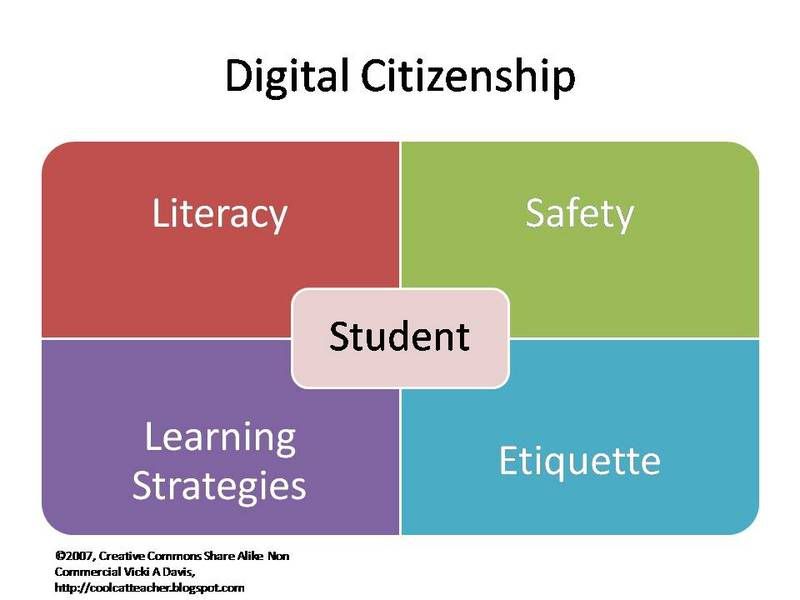Digital literacy is also crucial. As facilitators of online learning, we must reinforce digital literacy through challenging and engaging learning activities that will help our students reach digital proficiency. Reaching this level of digital literacy will enable learners to have that full and meaningful electronic participation in society that is called digital access.
It is also important that students understand copyright laws. Common Sense Media offers a fantastic Digital Literacy and Citizenship Classroom Curriculum with many great ready-to-use lesson plans on several digital citizenship topics including copyright. I plan to use one of the lessons in which students learn to follow five simple tips to ensure that they respect copyright laws when they want to use someone else's creative work:
- Check who owns it.
- Get permission to use it, if necessary.
- Give credit to the creator.
- Buy it, if necessary.
- Use
it responsibly.
In
summary, due to the fact that nowadays technology is a big part of
our students' lives, I believe that digital citizenship needs to be
taught explicitly. As Mike Ribble suggests in Passport to Digital
Citizenship, students should have the opportunity to analyze and
explore why they should use technologies in a certain way. Using the
explicit direct instruction model, we can provide guidance to
students about what constitutes safe and responsible Internet use,
and how to recognize dangerous and inappropriate situations.

